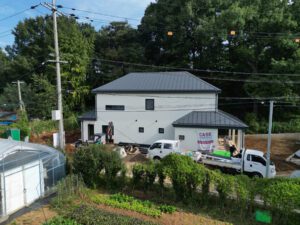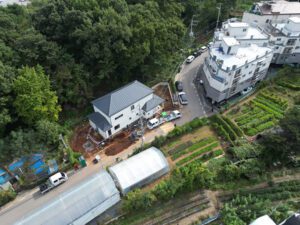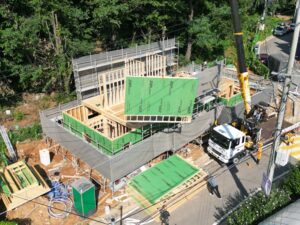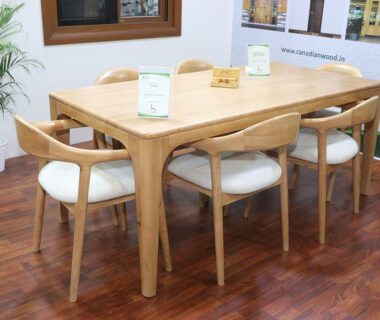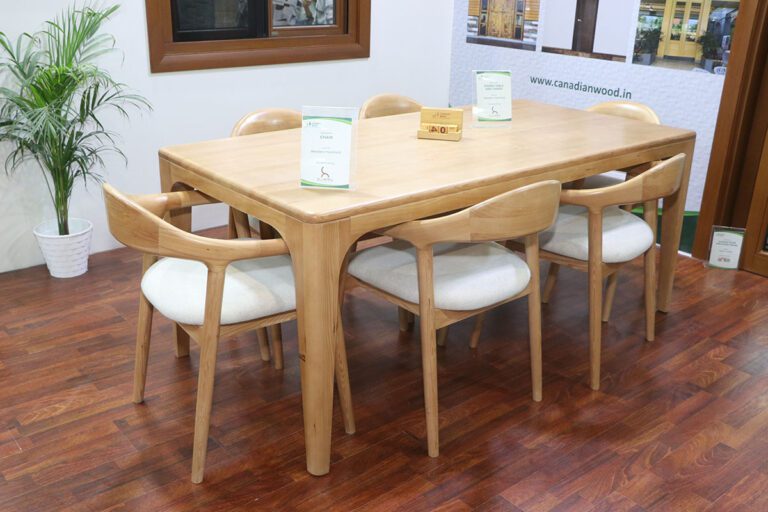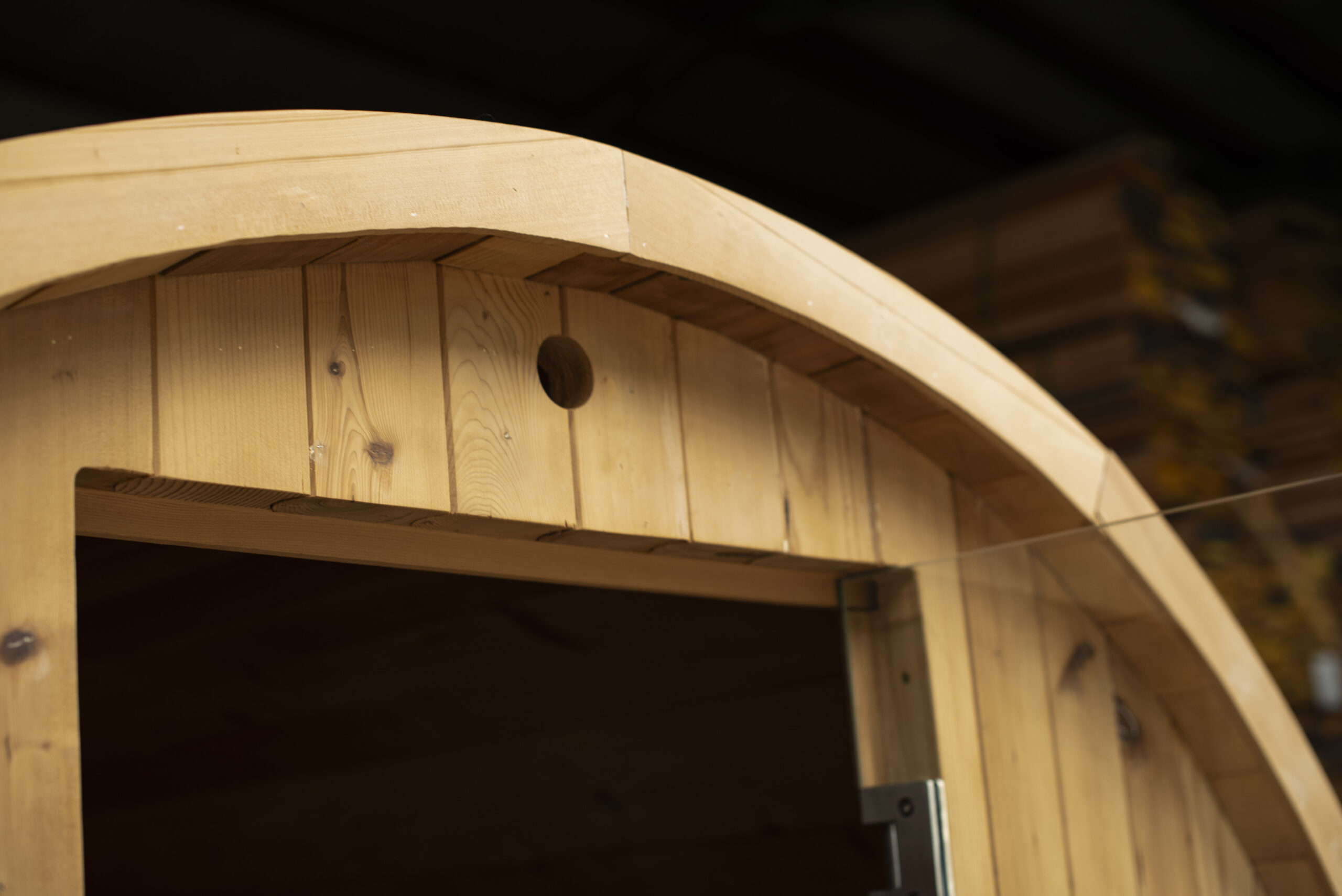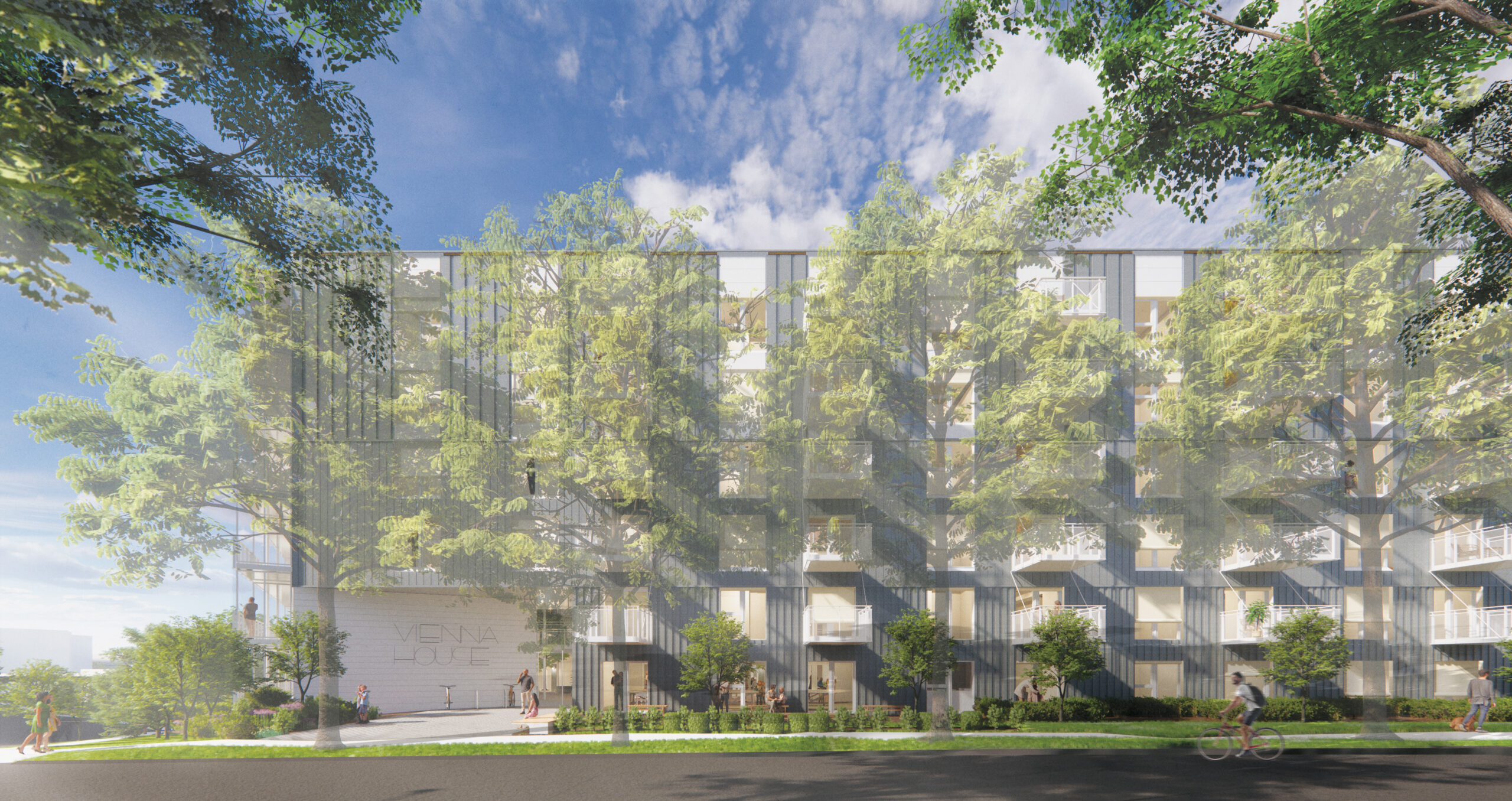South Korea has a long-term plan to cut greenhouse gas emissions and achieve carbon neutrality. Greener building construction is an important part of this strategy, with an end goal of all new construction achieving a “net zero” carbon footprint. The Canadian Super E® program, introduced by Canada Wood and local partners in the early days of the policy shift, matches well to these efforts.
Dotori—the little acorn that grew
The old saying that “mighty oak trees from tiny acorns grow” is definitely true in the case of the Dotori (acorn) kindergarten. Built as the first-ever Canadian Super E® public building in South Korea, the facility has achieved a number of milestones. First, it shows the market that a high degree of energy efficiency through wood-frame construction is possible; second, that local firms have the expertise to build to the high standards required by energy efficient systems like Super E®; and third, that the pre-fabrication used for much of the structure is an efficient construction approach in South Korea. Framing the building from pre-fabricated components took only five days—an incredibly fast timeline that has caught the attention of developers and builders. The little acorn planted with Dotori may soon flourish into much broader use of Super E®.
Originally developed by Natural Resources Canada, Super E® housing is a high-performance building methodology focusing on how a building must perform, rather than how it is built. This building system responds to Korea’s need for healthy, energy-efficient construction and is now delivered through the Korea Wood Construction Association with support by Canada Wood.
Photos: Professor Tae Woong KANG at Dankook University
